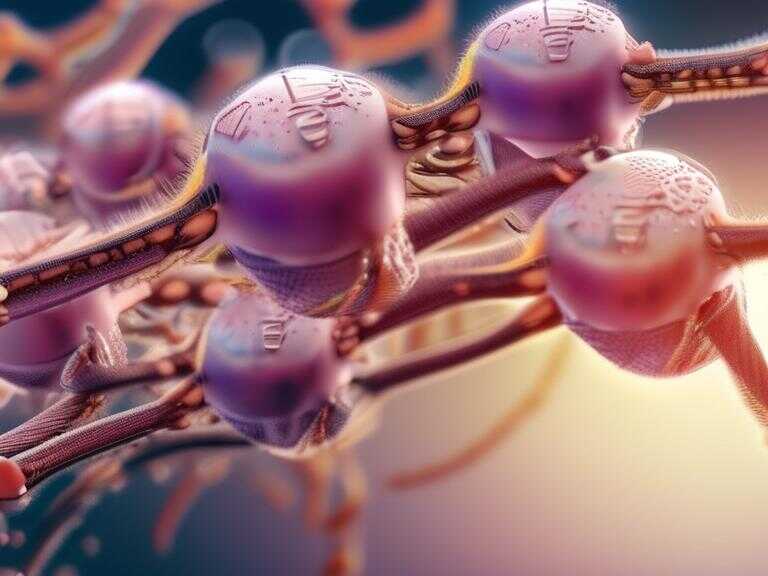
How Babies Parse Events: Linking Action to Language Development
Infants understand event structure by parsing continuous experiences into components, detecting patterns, and using both bottom-up and top-down processes.

Understanding the complexities of human cognition, particularly within the realm of language acquisition, requires delving into the fundamental processes that shape our perception of the world. This exploration often leads us to examine how infants, with their remarkable capacity for learning, interpret and categorize continuous events, laying the groundwork for future linguistic development.
Recent research has shed light on the intricate mechanisms infants employ to parse these continuous events, transforming them into meaningful units that contribute to their growing understanding of the world. By focusing on key components within events, such as paths, manners, figures, and grounds, scientists have uncovered a fascinating tapestry of cognitive processes at play.
Event Structure: The Building Blocks of Understanding
Central to this understanding is the concept of event structure. Events are not static occurrences; they unfold over time, involving a series of interconnected actions and interactions. Infants, despite their limited experience, demonstrate an innate sensitivity to these structural elements, enabling them to discern patterns and relationships within the flow of events.
This sensitivity extends beyond merely recognizing individual components. Infants also exhibit remarkable abilities to detect statistical relationships between event components, allowing them to abstract predictable patterns even with minimal exposure. This capacity to identify recurring sequences highlights the inherent human drive to organize and make sense of the world through pattern recognition.
Event Components: A Symphony of Actions
The exploration of event components further illuminates the complexity of infant cognition. These components, such as paths (the trajectory of movement), manners (the way in which an action is performed), figures (the central actors in an event), and grounds (the background or context), provide a framework for understanding the relationships between different elements within an event.
By attending to these specific components, infants are able to construct more nuanced representations of events, going beyond a simple sequence of actions. They begin to grasp the intentions, goals, and social dynamics embedded within the unfolding events around them.
The Interplay of Perception and Cognition
This intricate dance between perception and cognition highlights the remarkable interplay between how infants perceive the world and how they construct their understanding of it. Their ability to parse continuous events into meaningful categories is not a passive process; it involves active engagement with sensory input, the application of prior knowledge, and the constant refinement of cognitive schemas.
The insights gained from studying event processing in infants have profound implications for our understanding of language acquisition. By grasping the fundamental principles underlying how infants organize their experiences, we gain valuable clues about the building blocks of language development. This knowledge can inform educational practices, fostering environments that support young children's cognitive growth and language learning.
Further research into language acquisition within the framework of event processing promises to unlock even deeper secrets about the human mind. As we continue to unravel the complexities of this intricate interplay, we gain a richer appreciation for the remarkable journey of cognitive development and its profound influence on our ability to communicate and interact with the world around us.
Share news















